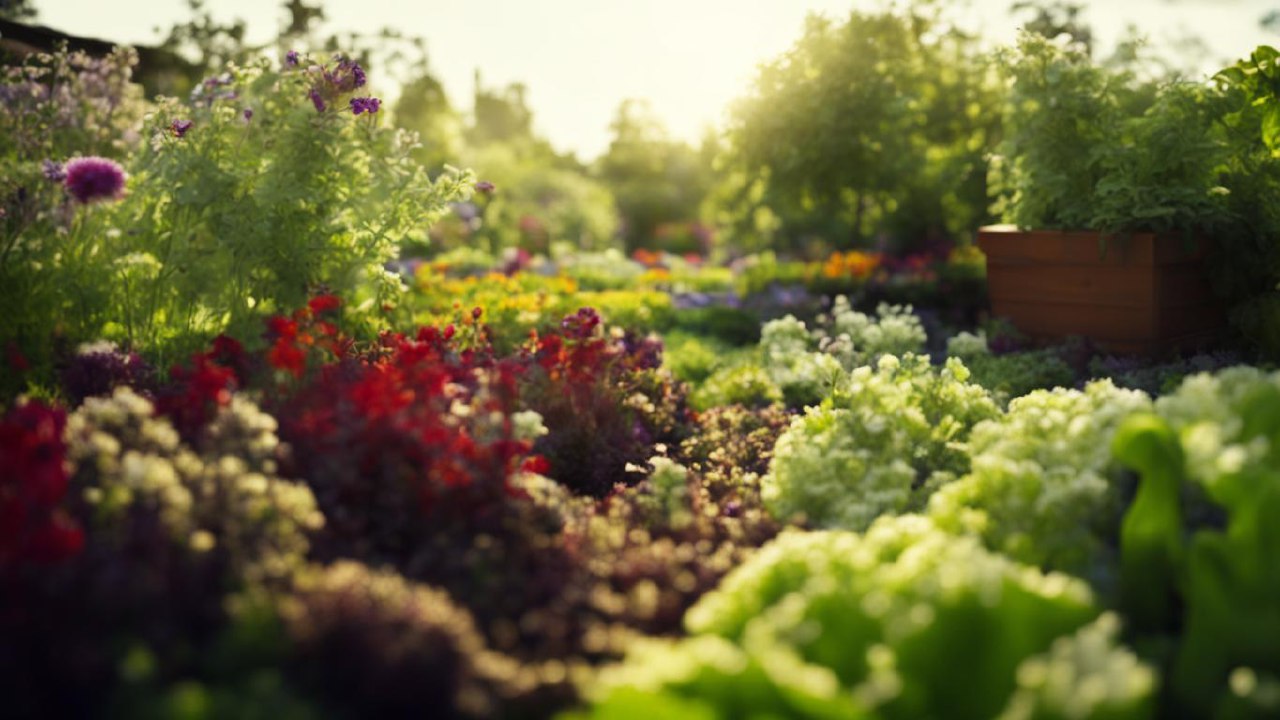Migratory gardening demands a deep understanding of the unique needs and challenges presented by each season. Either you’re a seasoned grower or just starting out, mastering the creativity of seasonal horticulture can help you achieve a bountiful harvest and a elegant garden period-round. Here are some valuable tips to guide you through the seasons:
- Spring:
As the weather warms and plants start to awaken from their cold slumber, spring is a occasion of renewal and growth in the flowers. Take advantage of the temperate temperatures and ample precipitation to prepare your flowers for the growing season ahead. Start by clearing continuously any waste or dead foliage from winter and fitting your soil for planting. Combine compost and organic matter to improve the soil and improve allure structure.
Plant cool-season vegetables and annual flowers that bloom in the cooler hotnesses of spring, such as lettuce, undetailed lie, peas, radishes, pansies, and snapdragons. Start children indoors or purchase transplants from your local preschool to get a head start on the increasing season. Keep an eye on the meteorological outlook and protect tender plants from late frosts or surprising cold snaps with row covers or cloches.
- Vacation:
Summer is the peak of the gardening season, accompanying long days, warm temperatures, and much of sunshine. Still, it also brings challenges to a degree heat, drought, and blights. To keep your garden successful during the summertime months, provide adequate water, manure, and pest control.
Water intensely and consistently, making sure to water early in the dawn or late in the evening to underrate evaporation. Ask a layer of organic manure, such as hay, shredded leaves, or wood money, to help retain liquid, suppress weeds, and regulate soil hotness. Monitor your garden automatically for signs of pests and diseases, and take prompt operation to address any issues before they enhance serious questions.
Harvest summer crops such as tomatoes, peppers, cucumbers, compress, and beans regularly to strengthen continued production. Acknowledge succession setting or interplanting with heat-tolerant crops to get or give an advantage your garden room and extend the harvest season. Care for your garden from excessive heat and star by providing shade cloth or setting tall crops to provide organic shade.
- Fall:
As summer fades into fall, it’s period to start thinking about transitioning your garden for the cooler hotnesses ahead. Start by cleaning up your garden beds and killing any gone crops or debris. Combine compost and organic matter into the soil to fill nutrients and increase soil structure for the next growing season.
Plant cool-season crops in the way that lettuce, emerald in color, kale, carrots, beets, and radishes for a fall harvest. Take advantage of the refrigerator temperatures and more constant rainfall to enact new plantings and encourage powerful root growth. Save tender crops from early frosts or chilly nights accompanying row covers, cloches, or cold frames.
Consider establishiing cover crops such as winter edible grain, clover, or dangerous vetch to protect and enrich the soil over the cold months. Cover crops help prevent soil deterioration, suppress weeds, and adjoin organic matter to the soil as they decompose. Leave few areas of your flowers undisturbed to provide residence for beneficial bugs and wildlife during the cold months.
- Winter:
While cold may seem like a contemplation in the garden, skilled are still plenty of tasks to hold you busy and prepare for the next increasing season. Take advantage of the spare time to plan and organize your garden for the old age ahead.
Clean and hone your gardening tools, repair some damaged supplies, and organize your beginning inventory. Take stock of your flowers’s successes and bankruptcies from the previous year and form notes for future remark. Consider starting children indoors or in a hothouse to get a head start on the increasing season, or experiment with cold gardening methods such as cold frames or hoop apartments to extend your harvest into the colder months.
Use the cold months to educate yourself about new gardening methods, varieties, and flows. Attend gardening studios, seminars, or classes, state books and articles, and buy and sell other gardeners in your community. Cold is also a fun time to dream and plan for the upcoming increasing season, so don’t believe to let your imagination go crazy and envision the flowers of your dreams.
In conclusion, seasonal horticulture is a dynamic and beneficial endeavor that allows you to do business nature, nurture your creativity, and savor the fruits of your labor during the whole of the year. By following these tips and techniques, you can blow up your garden’s potential and constitute a beautiful and productive scope that brings pleasure and satisfaction in every season.
